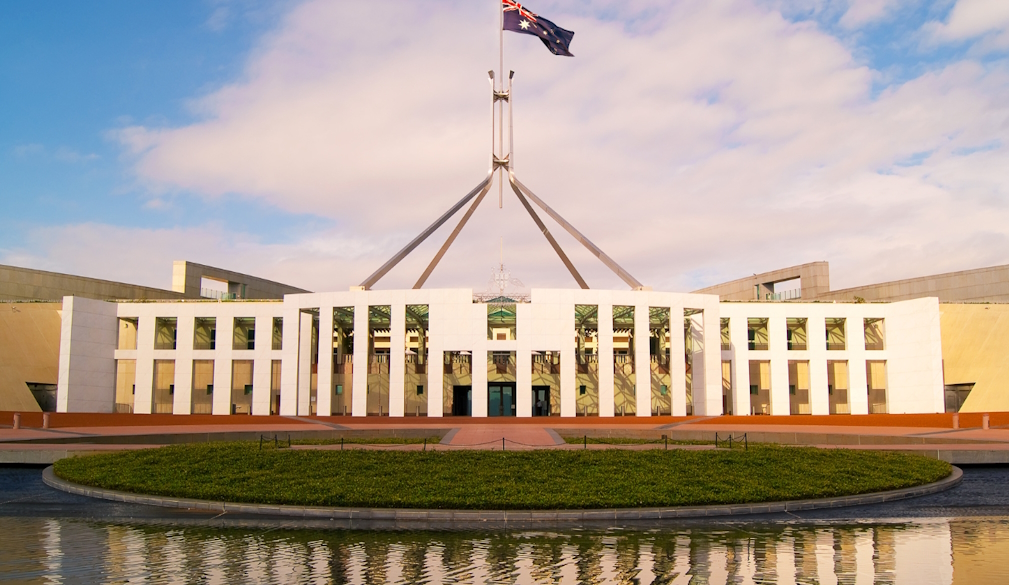ASIO boss warns of ‘realistic possibility’ foreign government could attempt to kill a dissident in Australia
- Written by Michelle Grattan, Professorial Fellow, University of Canberra

The Australia Security Intelligence Organisation believes there is a “realistic possibility” a foreign government will try to assassinate a “perceived dissident” in Australia, ASIO’s boss Mike Burgess has revealed.
Delivering the 2025 Lowy lecture on Tuesday, Burgess said: “This threat is real.
"We believe there are at least three nations willing and capable of conducting lethal targeting here. It is entirely possible the regimes would try to hide their involvement by hiring criminal cut outs, as Iran did when directing its arson attacks.”
He stressed he was talking about an “attempt to assassinate”.
“ASIO and our law enforcement partners are acutely alive to this threat and are working around the clock, using all our powers, to protect Australia and Australians,” he said.
Burgess said Australia had never faced simultaneously and at scale so many different threats.
There are multiple, cascading and intersecting threats to our social cohesion, fuelled by three distinct but connected cohorts:
- the aggrieved,
- the opportunistic, and
- the cunning.
He said many Australians were feeling dispossessed, disaffected, and disenfranchised, with spikes in polarisation and intolerance.
Many of the foundations underpinning our security, prosperity and democracy were being tested.
Social cohesion was eroding, there was declining trust in our institutions and truth was being undermined by misinformation, disinformation and conspiracy theories.
“Similar trends are playing out across the Western world.
"Angry, alienated individuals are embracing anti-authority ideologies and conspiracy theories; engaging in uncivil debate and unpeaceful protest.
"Many of the aggrieved do not necessarily espouse violent views, but may still see violence as a legitimate way to effect political or societal change.”
Burgess said extremist organisations were skilled at exploiting fissures in cohesion and harvesting grievances.
“The way nationalist and racist violent extremists attempted to leverage the so-called March for Australia rallies is a case in point.
"The biggest neo-Nazi group, the National Socialist Network – or White Australia as it is rebranding itself – identified the demonstrations as a vehicle to raise its profile.
"It strategically and opportunistically exploited the organisers’ complaints about immigration and the cost of living,” Burgess said.
“Even if the organisation does not engage in terrorism, I remain deeply concerned by its hateful, divisive rhetoric and increasingly violent propaganda, and the growing likelihood these things will prompt spontaneous violence, particularly in response to perceived provocation,” he said.
“While nationalist and racist violent extremists make up the significant majority of our investigations into ideologically motivated extremism, events in the Middle East triggered a troubling increase in anarchist and revolutionary extremism, which is also straining cohesion.
"Since October 2023, we’ve seen more provocative protests and a notable uptick in intentionally disruptive and damaging tactics by anti-Israel activists, including multiple acts of arson, vandalism and violent protest against defence companies accused of supplying weapon components.”
Burgess said of the three cohorts he was canvassing, “the cunning is the most concerning”.
“Aggrieved individuals clawing at our social fabric is one thing. Extremist groups opportunistically undermining it is another.
"But cunning nation states deliberately trying to set the fabric alight and fan the flames is something else again in terms of threat.
"Regimes are operating in a security ‘grey zone – using non-traditional tools to interfere in decision-making, promote discord, amplify distrust and spread false narratives in Western democracies.
"Authoritarian regimes demonstrate a chilling willingness to exploit fault lines in countries they consider hostile.”
He highlighted ASIO’s identifying the Iranian regime being behind some of the anti-semitic attacks in Australia
Burgess said that in our region ASIO was tracking the spread of a strain of extremist propaganda.
“While the material purports to be from a transnational terrorist group, ASIO and our international partners suspect it is fake, and is actually being created and disseminated by a hostile nation state.
"The propaganda glorifies violent extremism and advocates attacks on specific targets, presumably to encourage violence, alarm communities, incite sectarianism and destabilise regional governments.”
He said ASIO had recently uncovered links between pro-Russian influences in Australia and an offshore media organisation that almost certainly received directions from Russian intelligence.
“The Australians publish and push extreme online narratives justifying the invasion of Ukraine and condemning Australia’s support for Kiev.
"Deliberately hiding their connection to Moscow – and the likely instruction from Moscow – the propagandists try to hijack and inflame legitimate debate. They use social media to spread vitriolic, polarising commentary on anti-immigration protests and pro-Palestinian marches.
"ASIO’s investigation is ongoing,” Burgess said.

















